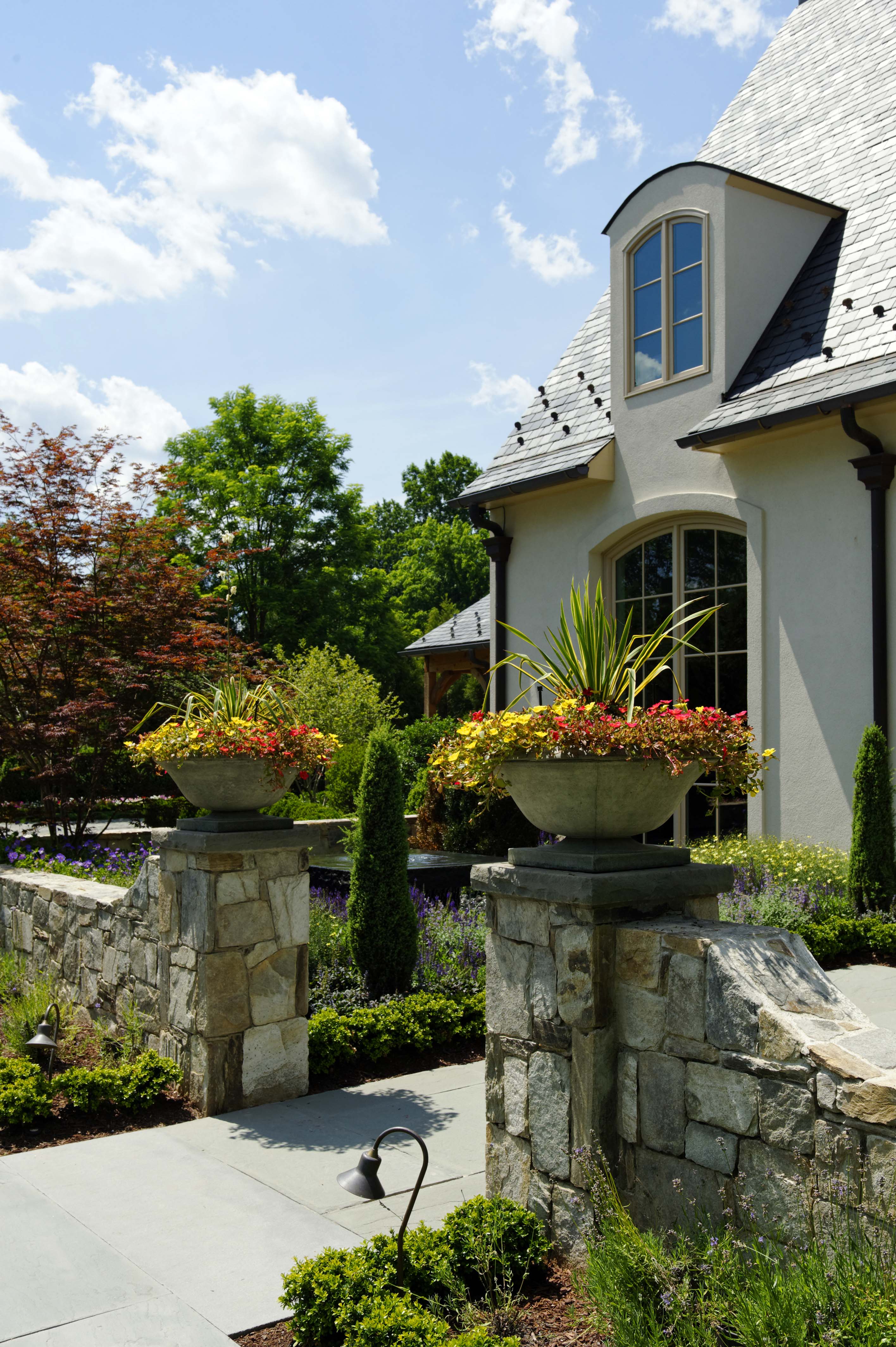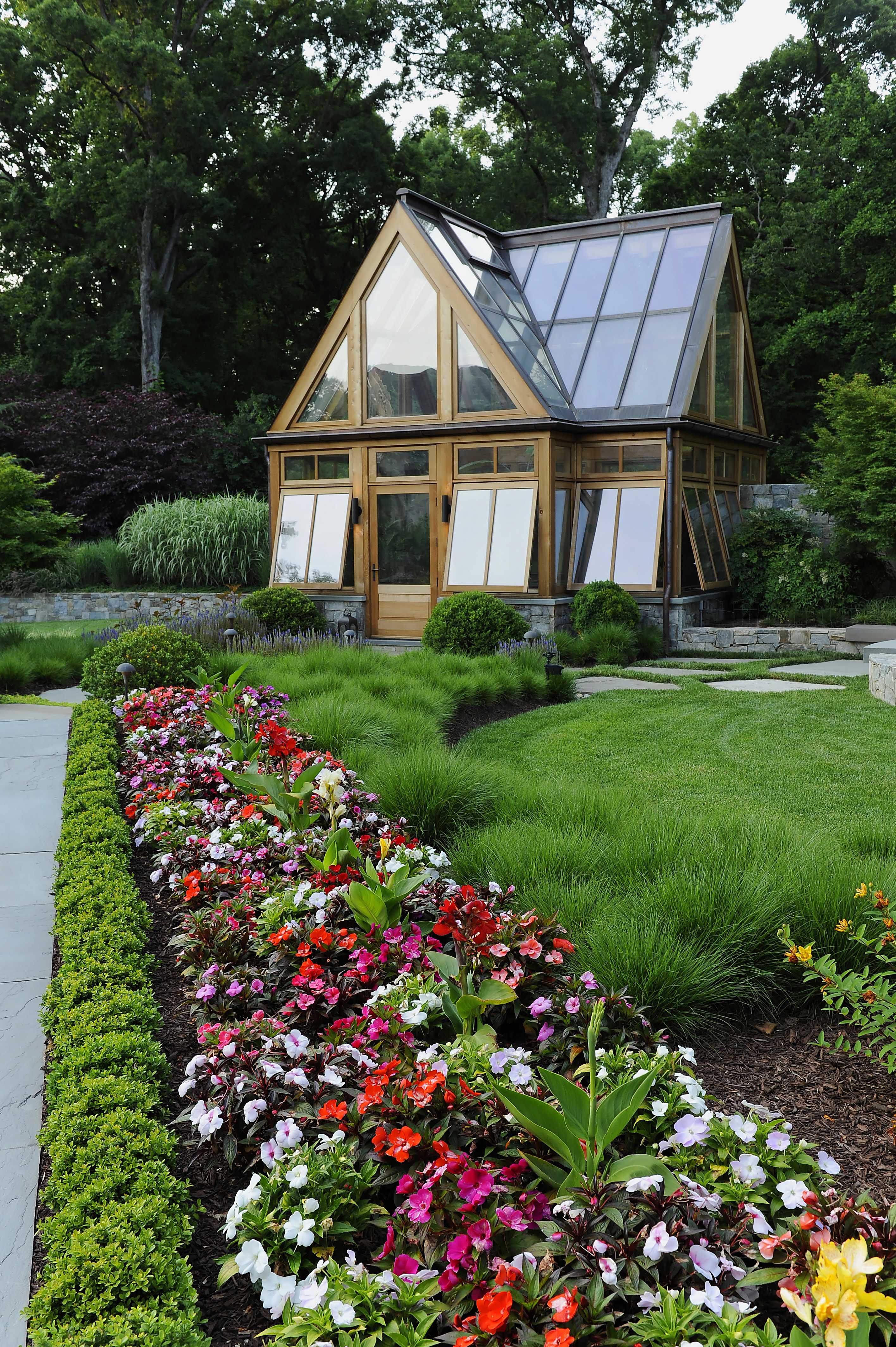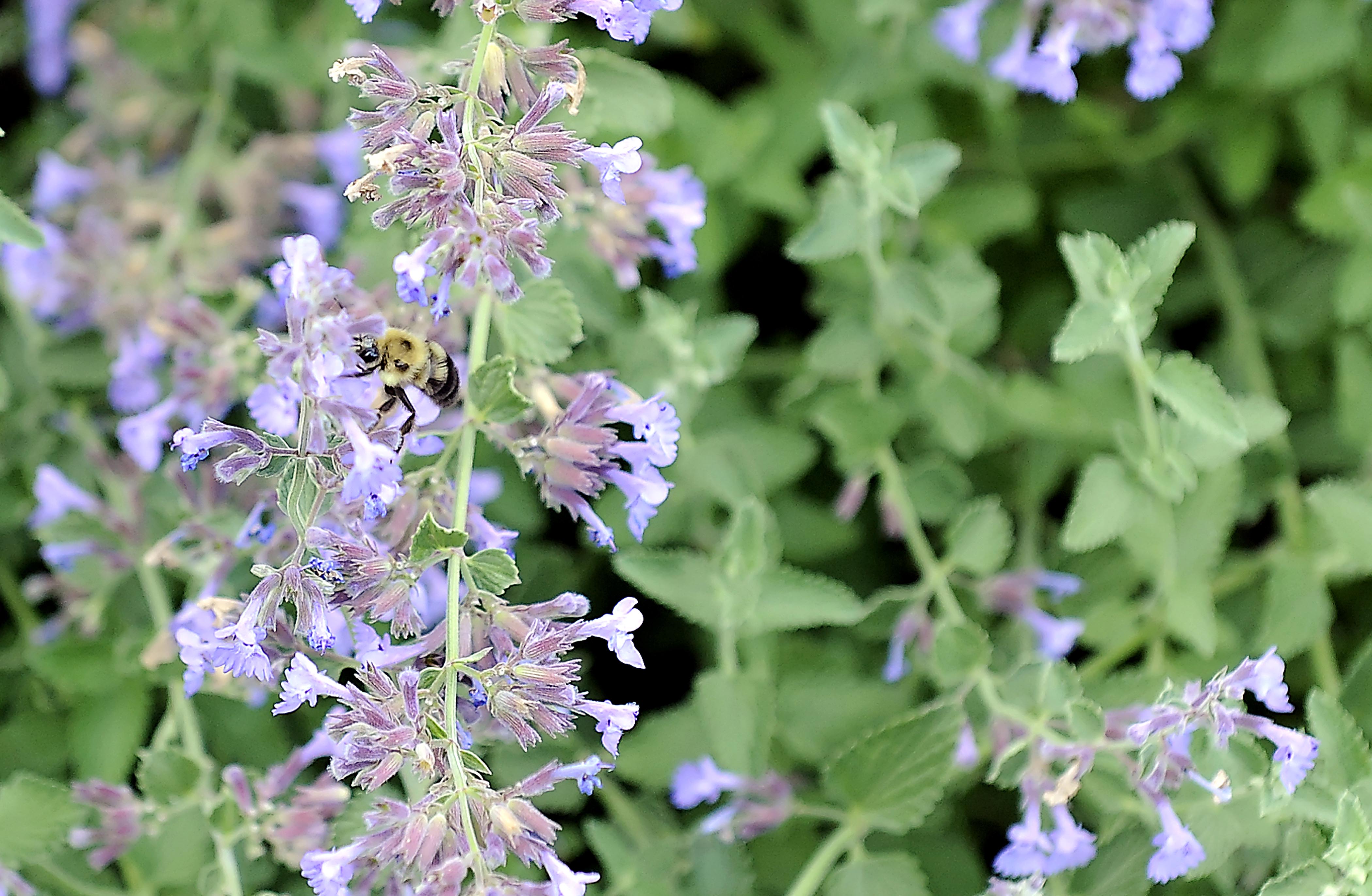While conservatories and custom greenhouses are visually interesting by themselves, one of the most beloved décor pieces that liven up these rooms are beautiful plants! Whether you want to grow edibles or showcase a beautiful, exotic collection in a custom greenhouse, or just want to have a few smell-good plants that add pops of color to your conservatory, one of the most important things to consider is how to create the best environment for your plants to thrive!
If you have tried your hand at maintaining a garden, then you have probably heard a wide variety of tips and tricks to help your plants thrive from the size of your pots to what kind of tools you need to keep on hand. To get the inside scoop, we sat down with Horticulturist, Dea Schofield, to uncover some common misconceptions about gardening and how to best plan based on what you want to grow.
Read more below and let us know your experiences!
1 | The bigger the pot, the bigger the plant will grow…

According to Dea, this misconception deludes a lot of gardeners. Depending on what types of plants you want to grow, having a larger pot can actually cause your plants to perish! While in theory, having more room for the plant roots to grow seems beneficial, the reality is that it can cause the roots to not get all the nutrients it needs to successfully flourish.A general rule of thumb will be to start by looking at a pot about 2” in diameter larger than the plant, then as the plant matures and becomes more established, determine if it needs to be repotted into a larger pot.
The following are also recommended when potting plants:
- Do some research about how your plant’s roots will develop as it matures.
- Make sure you are measuring your pots correctly.
- Be careful not to “overpot” your plants.
- Know when it is time to size up your pots and how best to repot them.
2 | The more tools the better
Depending on the size of your gardening project, not all tools are necessary to keep on hand 24/7. Most hand-held gardening tools will work for indoor plants, those potted and kept in a greenhouse, and even smaller outdoor gardens. You also want to think about the type of tool you are using – while a power tool may be quick and easy, consider first if it would be damaging to the plant’s roots! Garden Design has great recommendations for 12 essential garden tools to keep on hand to suit most projects.
3 | The more soil the more nutrients!
We hinted at this misconception in bullet number 1 – be careful not to overpot your plants! When you think about the type of environment your plant needs to thrive, aeration and moisture within the planter are crucial. As Dea explained, having too much soil around your plant can choke the roots as little to no air can get to them. You also run the risk of the soil staying excessively wet for longer durations of time which will lead to root rot, yellowing of the leaves, and eventually death for your plant! It will be important for you do some research to understand in what environments that plant will thrive.
4 | Watering plants daily to keep them alive longer

When we asked Dea about this misconception, she said most often this is seen with landscape gardens, not potted plants. It is encouraged to water potted plants daily as they receive a concentrated amount of water based on their pot size. Landscape gardens, however, need to irrigate deeply within the soil so the plant is more self-sufficient during dry periods. Most often, these outdoor gardens should be watered a couple of times a week unless advised otherwise by a horticulturist or landscape specialist.
5 | Stalking and guy-wiring planted trees to help them grow tall and strong

For years it was industry standard to stalk or guy-wire trees, so it is no surprise this made it on our list of common misconceptions, but it can be more damaging than helpful! This practice has been shown to hinder tree development as it can become dependent on this support, preventing the root system from growing strong and healthy. Allowing the tree to sway in the wind encourages the development of stronger stabilizing roots.
There are a few circumstances, however, stalking or guy-wiring might be necessary – if the tree is planted on a sloped landscape or in a strong wind area. If so, be sure the trunk is tied loosely and with lightweight materials such as a t-shirt fabric or a bicycle inner tube to avoid damaging the bark. Remove the support after one growing season.
Bit by the garden bug?
This time of year is always our favorite because we can really connect with nature and enjoy the beautiful fruits of our labor in the garden! As we inch closer to the fall and winter months, have you considered a conservatory or greenhouse to extend your growing season? Explore a variety of custom greenhouse inspirations in our portfolio and even more gardening tips in our Skylight Blog.
Happy Gardening!



